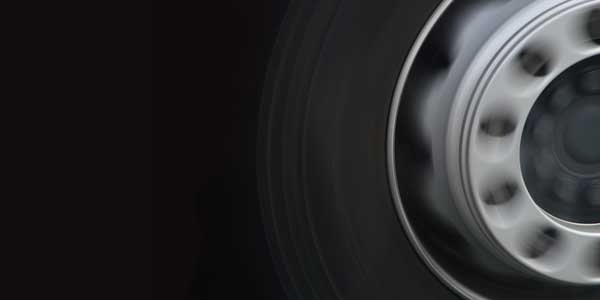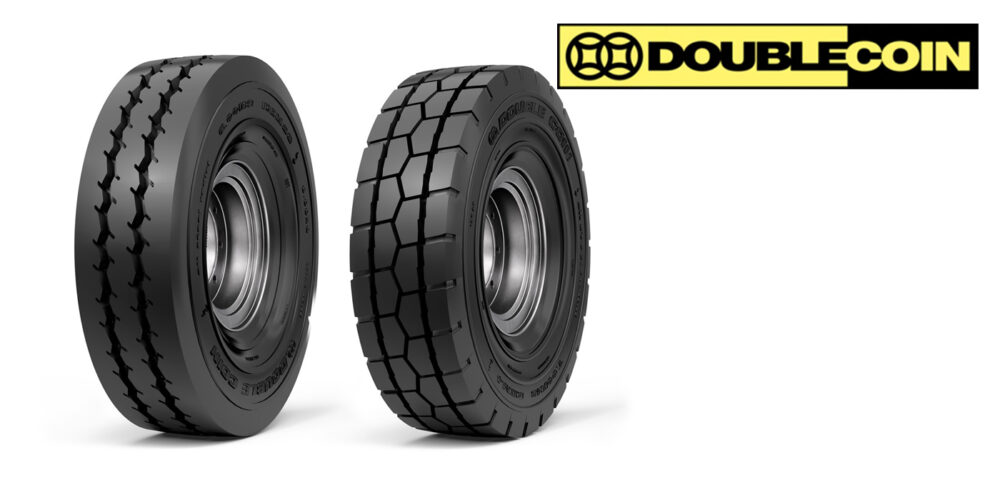Wheels are rusting faster than ever. Corrosion has continued to increase and it appears that there is no slowing it down. Even with shot peening, zinc primers and powder coating, they are still rusting quicker than before.
This means that for tire dealers, customer complaints and credits are rising faster than a rocket, as I learned from attending a focus group held by a large tire service dealer who I have great respect for. When his customer—my customer as well—complained about rusty wheels within three months of the coating process, everyone was up in arms. Their customers are not accepting wheels that rust this quickly, and in some cases don’t understand how powerful the chemicals on the roads today are.
What I learned from attending the focus group: The big three coating companies all have good power coating materials, and separate primer applications appear to last longer than a single coating process. The issue is that controlling the amount of mil thickness with wheels is left up to the coating technicians, who control the process. The shot peening process results in peaks and valleys after the process. The valleys end up a good mil thickness and the peaks end up with less coating. It is very difficult to determine the peaks over the valleys’ mils. The clamping face areas need to have a very thin mil thickness for proper torqueing and clamping. What ends up happening is that the rusting starts at the peaks and spreads like cancer.
Now that we are in some cases on three-plus shot peening attempts, the valleys are getting deeper and the peaks are getting taller, the profiles widen and complicate the coating process as well.
The process is to strip the rims, shot peen the coating off, and check for cracks, hole distortions and any impurities that would junk the rims. Coat with primer, run it through the oven, then powder coat with your color of choice and back through the oven. Then, leave it to cool and sample the mils thicknesses, mark the rim and polish the rims, and deliver. All of this for between $25 and $33.
Another issue many have found is that after numerous cycles shot of peening, the DOT number becomes illegible, and then the question arises on the safety and liability of refurbishing the rim. The requirement is .0125 mil indented in the rim.
When this happens, the tire company believes that the rim is junk and needs to be replaced. But the customer is upset and starts to think that all they want to do is sell new rims. The customer says, I am taking my business elsewhere.
This is now pushing more fleets towards aluminum rims where rust is not an issue. But corrosion is striking aluminum wheels as well, and tire companies are now offering aluminum wheel cleaning and polishing for around $80. We cannot run from it. The rust issue may slow down but, in my opinion, will not go away soon.
Rim refurbishing was a bargain when the paint stayed on and did not rust so fast, but we may be in a situation now that we cannot have both clean painted wheels and life for the price fleet managers consider acceptable. I’d advise you to visit your refurbishers and understand the process. You may find that what you’re paying is a bargain, or that you may need to upgrade to burning off the coatings and adding the zinc primer to the powder coating process.
Also, you should understand what the DOT marking requirements are. The recommended practice is that if you cannot read the DOT markings, the rim is considered unusable and needs to be scrapped and replaced. I questioned both the refurbishing process and the DOT requirements. I got an education, and now I understand the price and value. Now, I might be forced to do new rims.














